Colorful Studies: An Interview with Michelle Armas
Elizabeth Stephenson (APP) for Amy Parry Projects
Your Custom Text Here
Elizabeth Stephenson (APP) for Amy Parry Projects




Elizabeth Stephenson (APP) for Amy Parry Projects




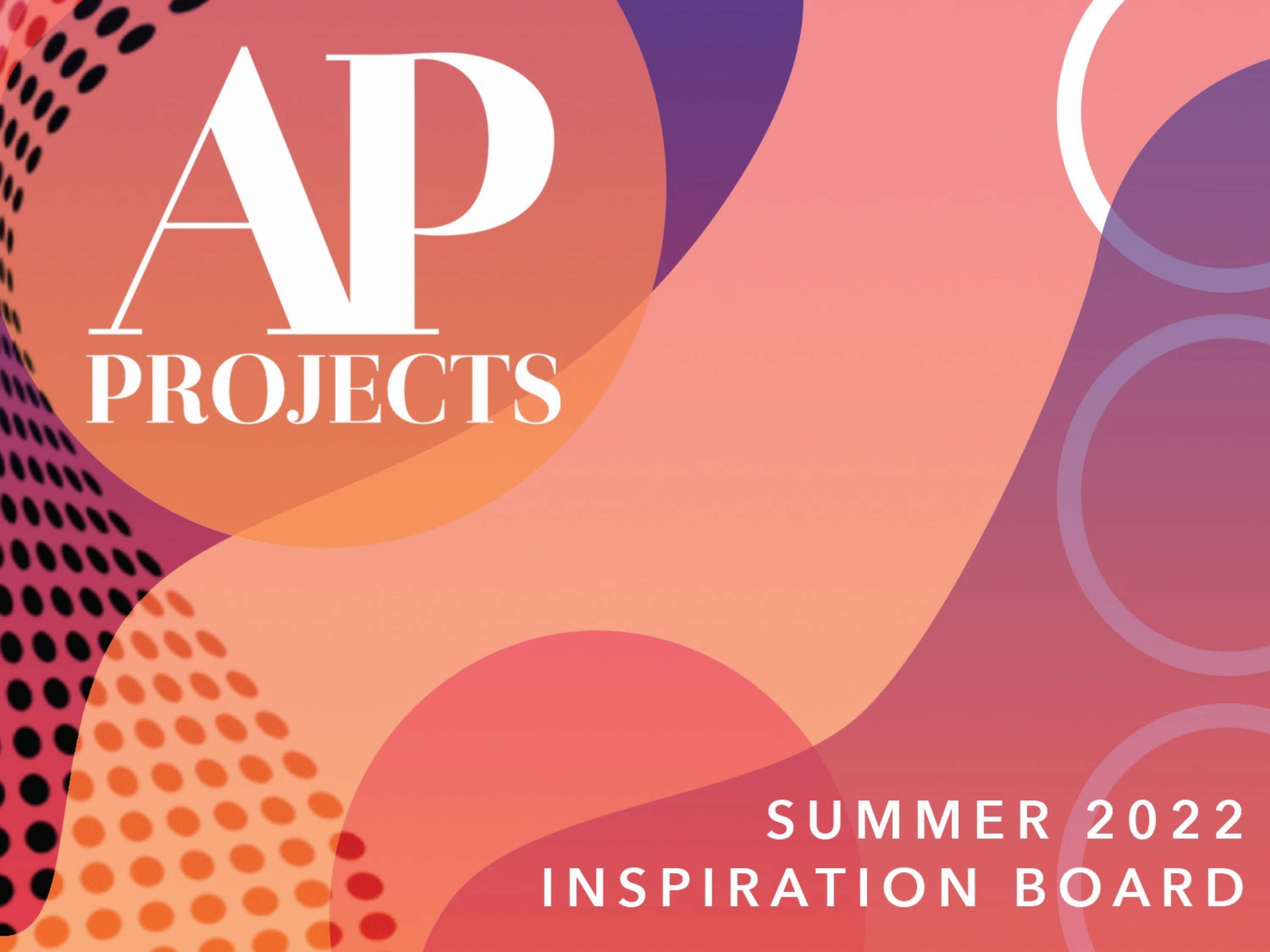
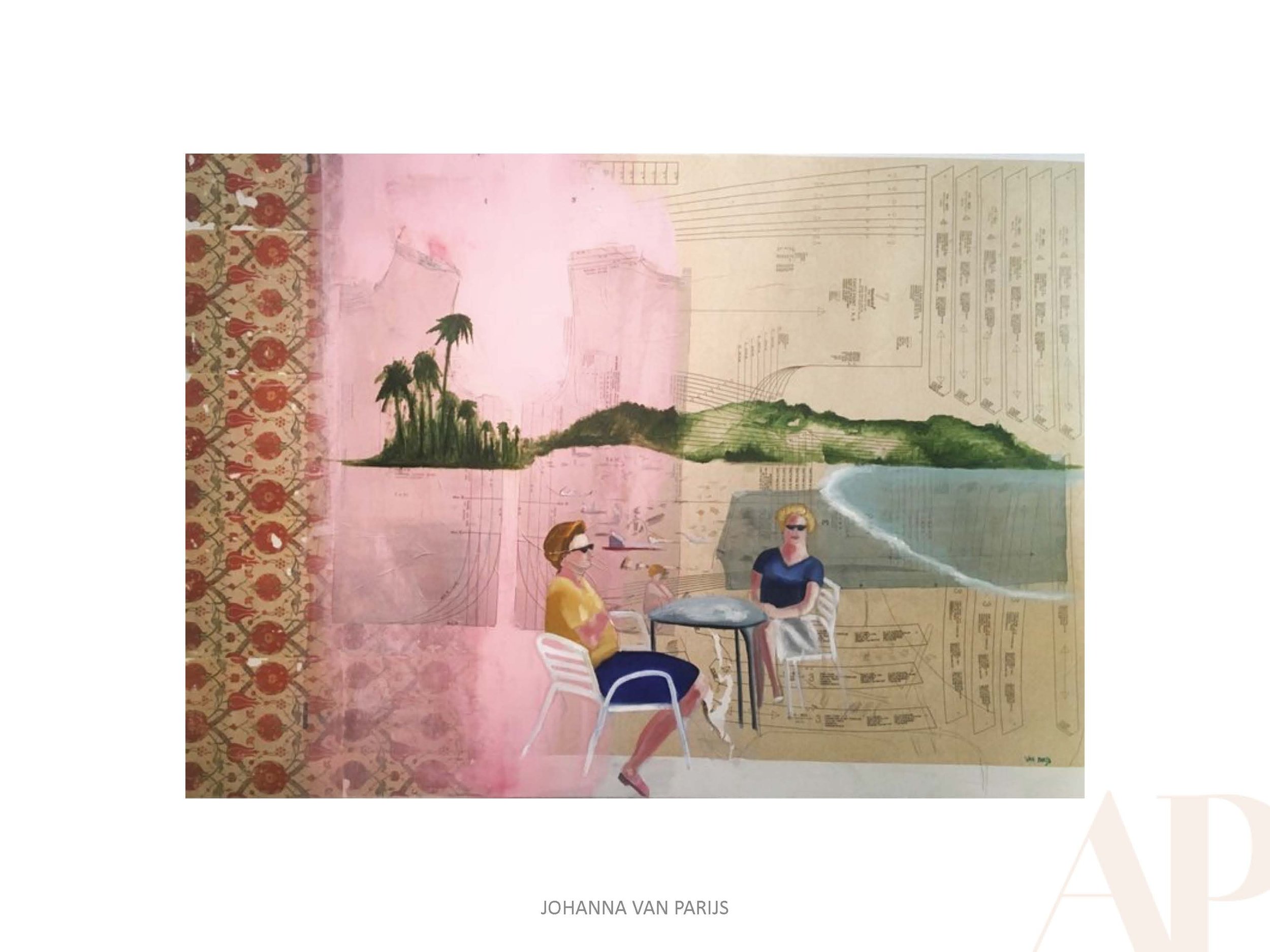

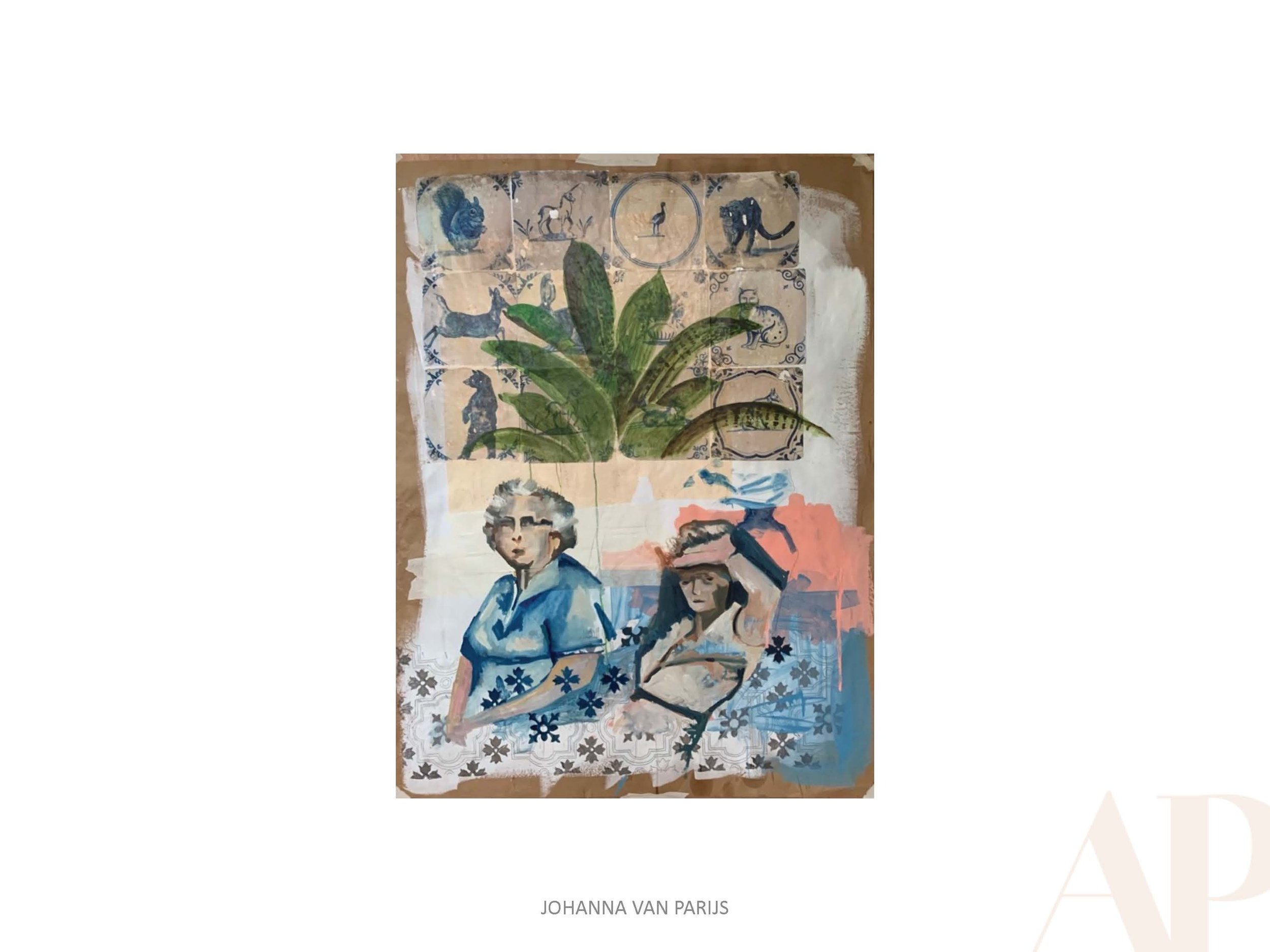
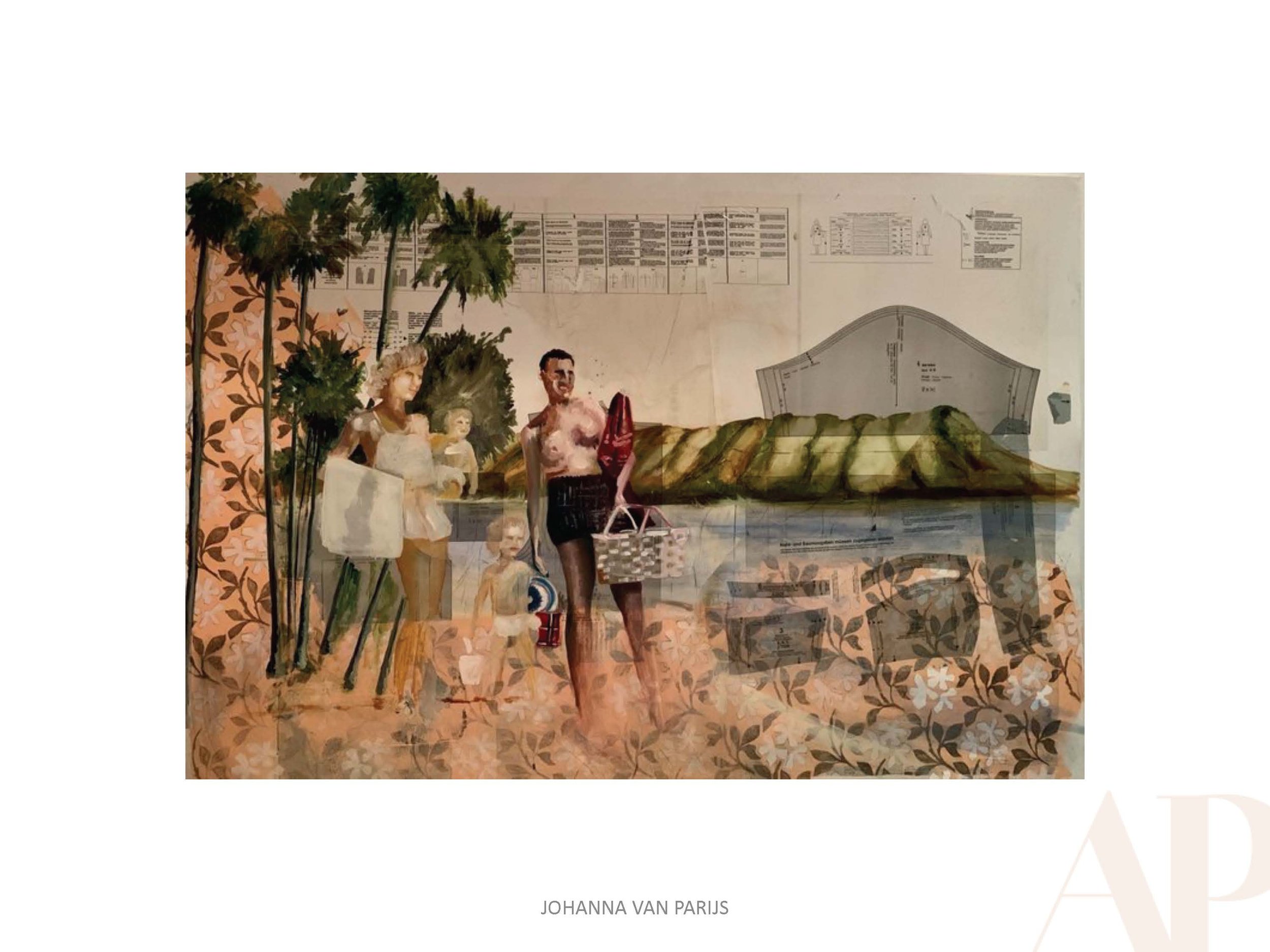
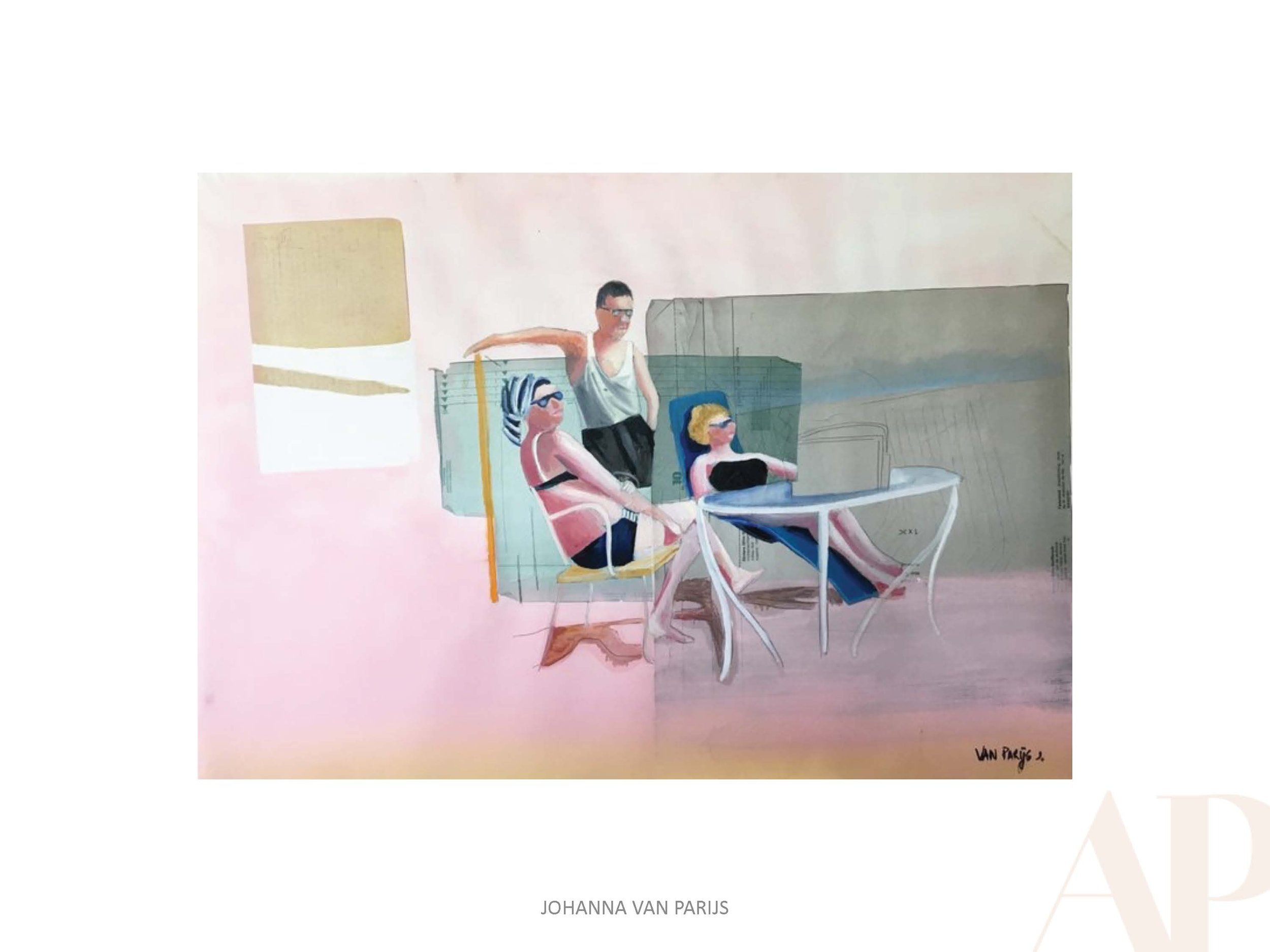
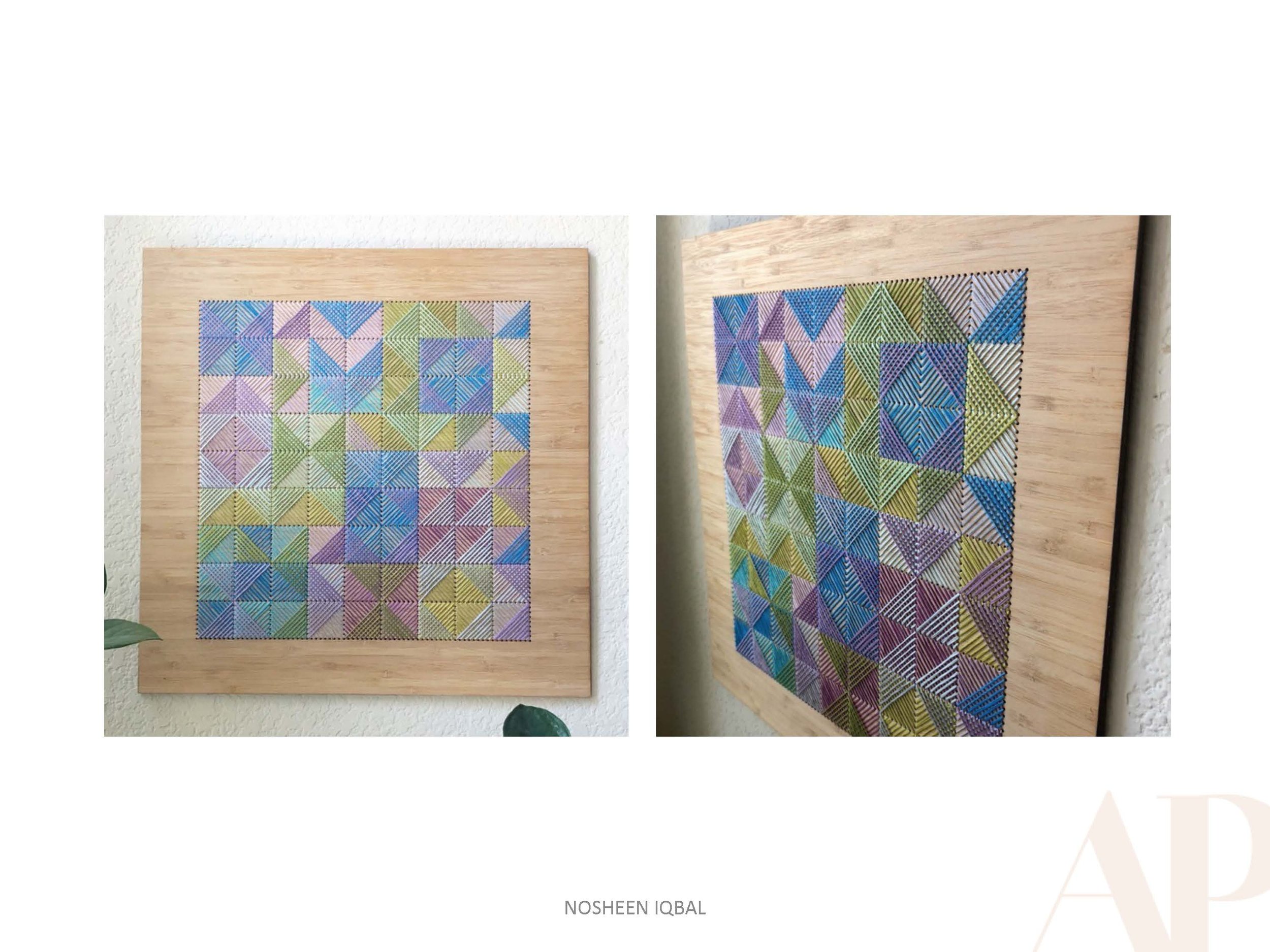
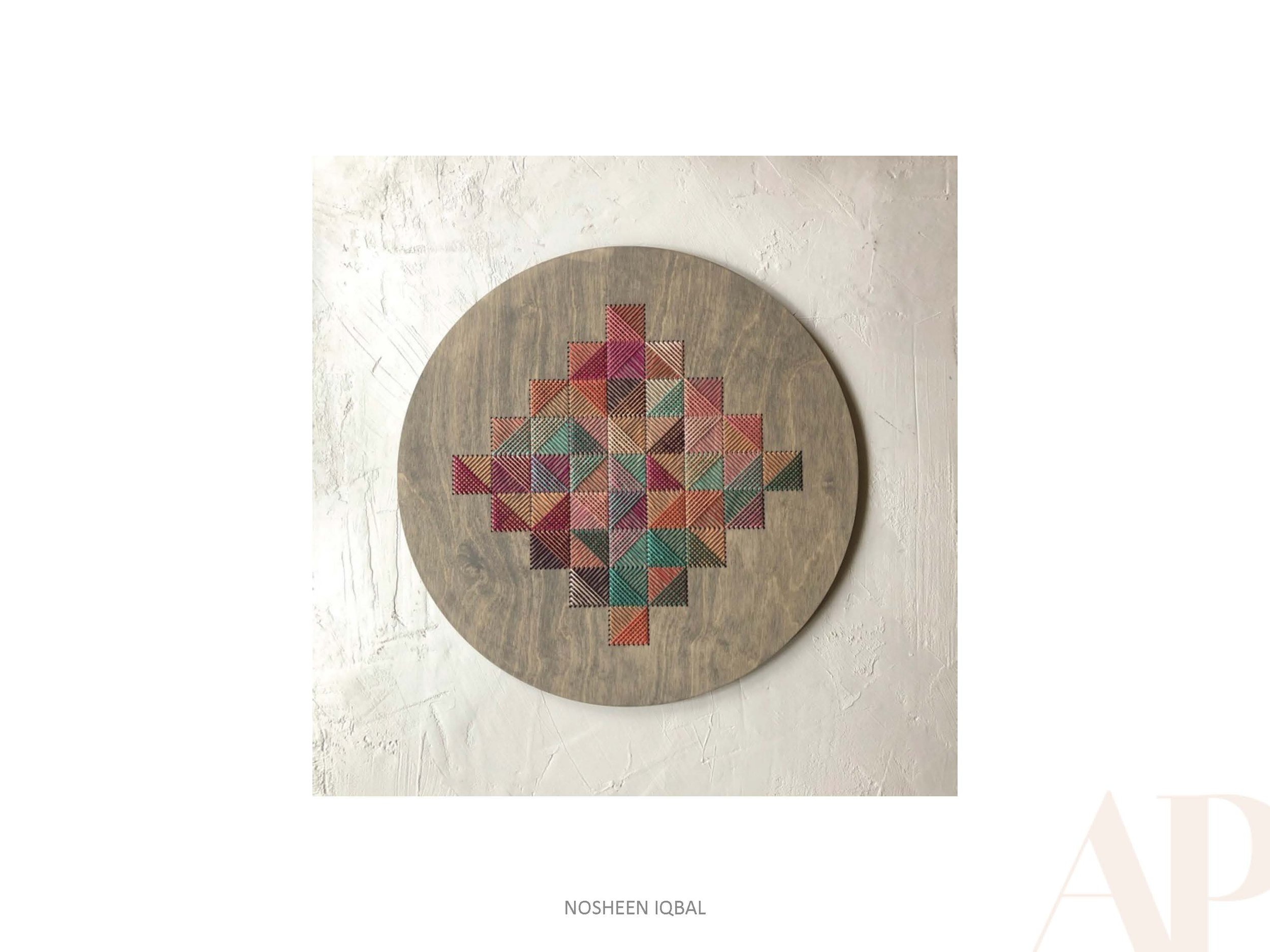
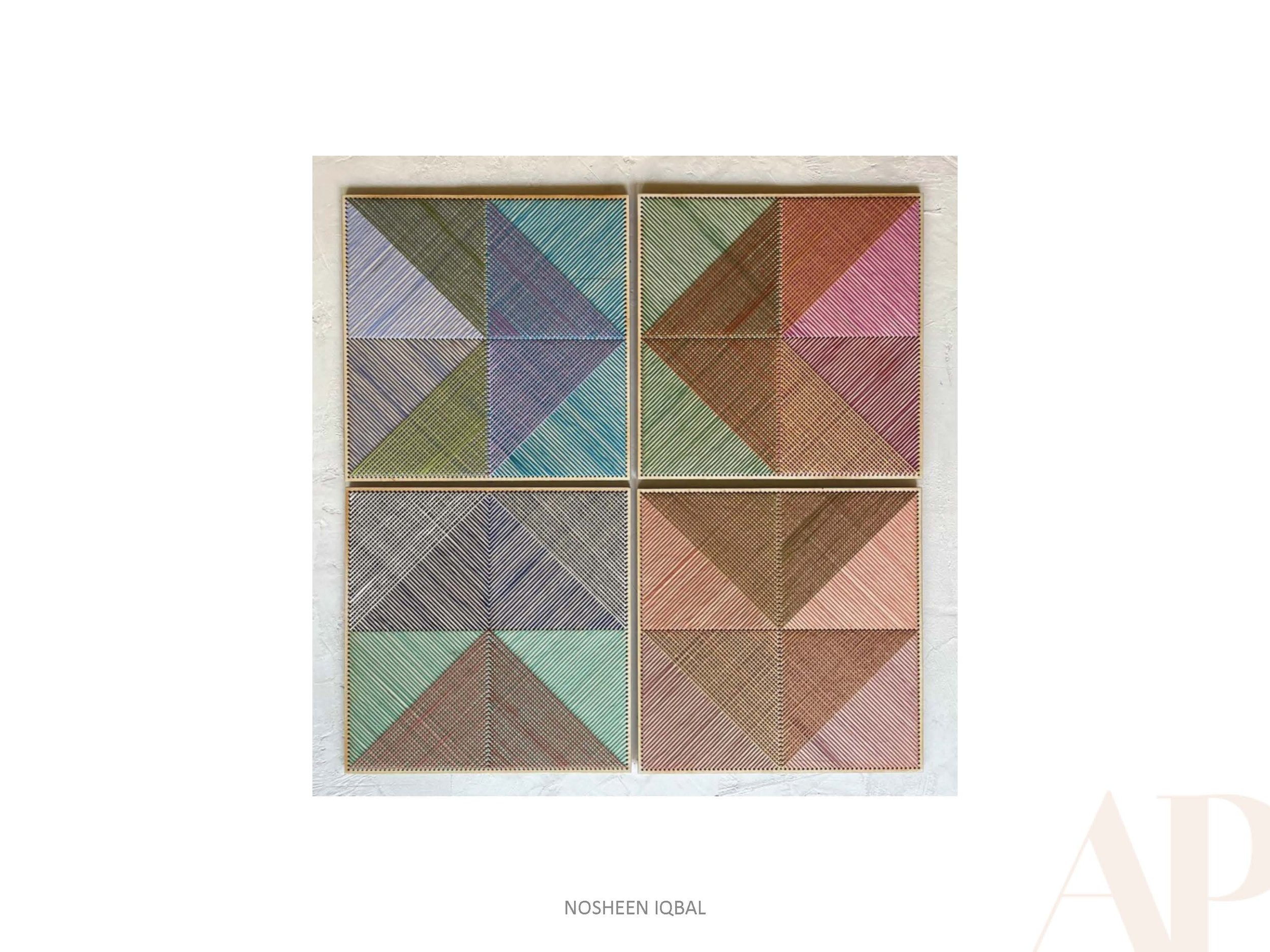


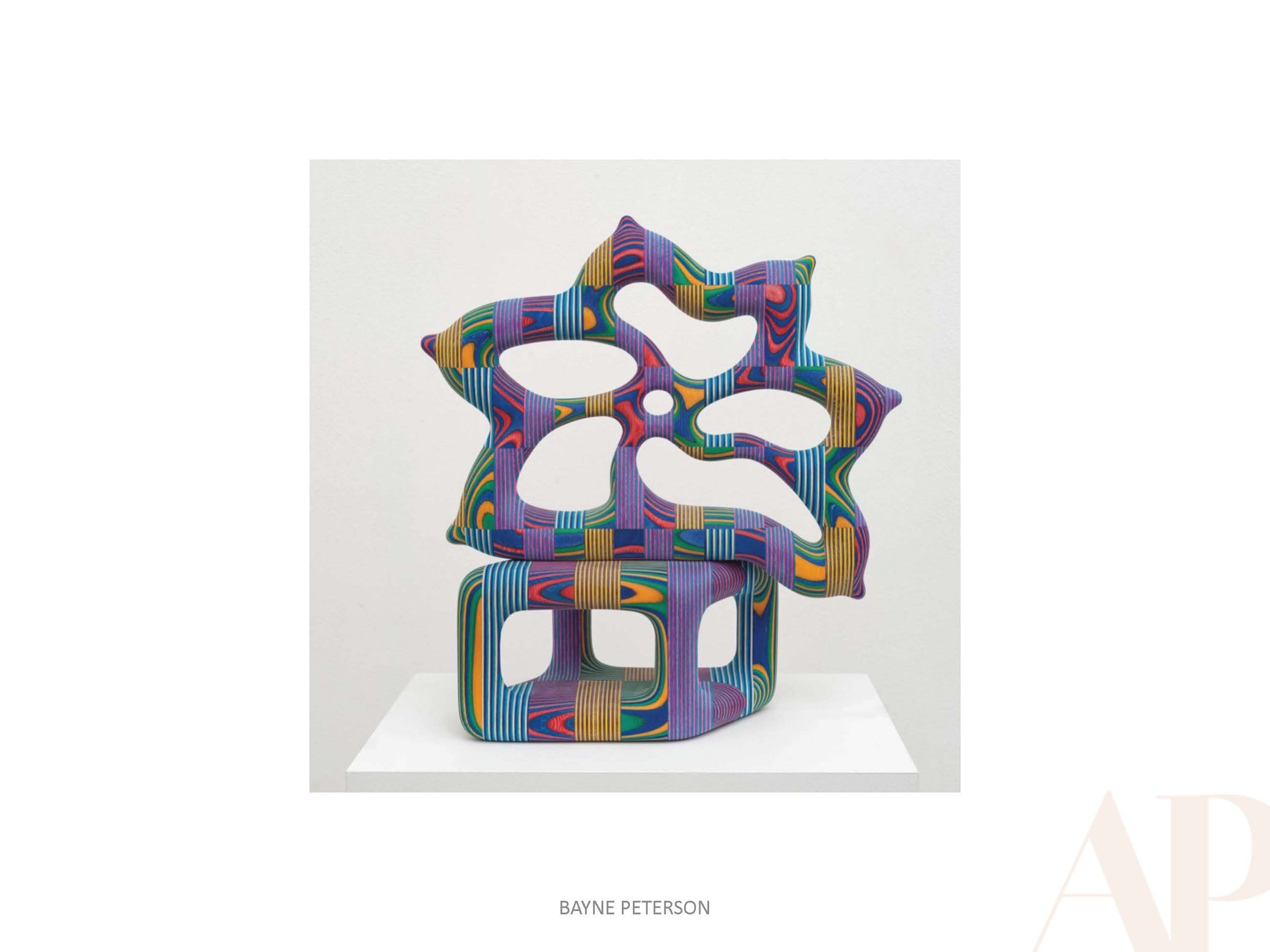
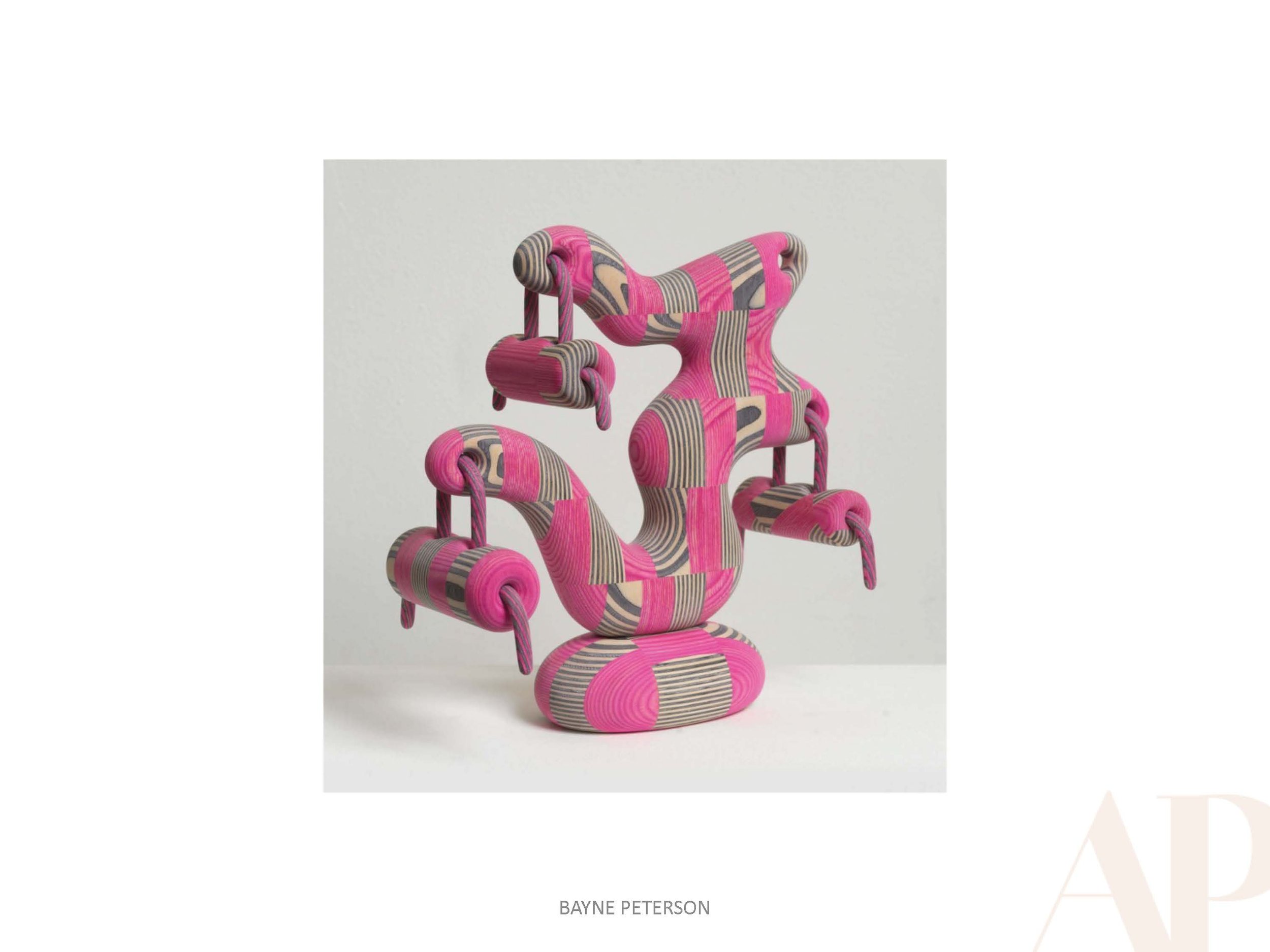

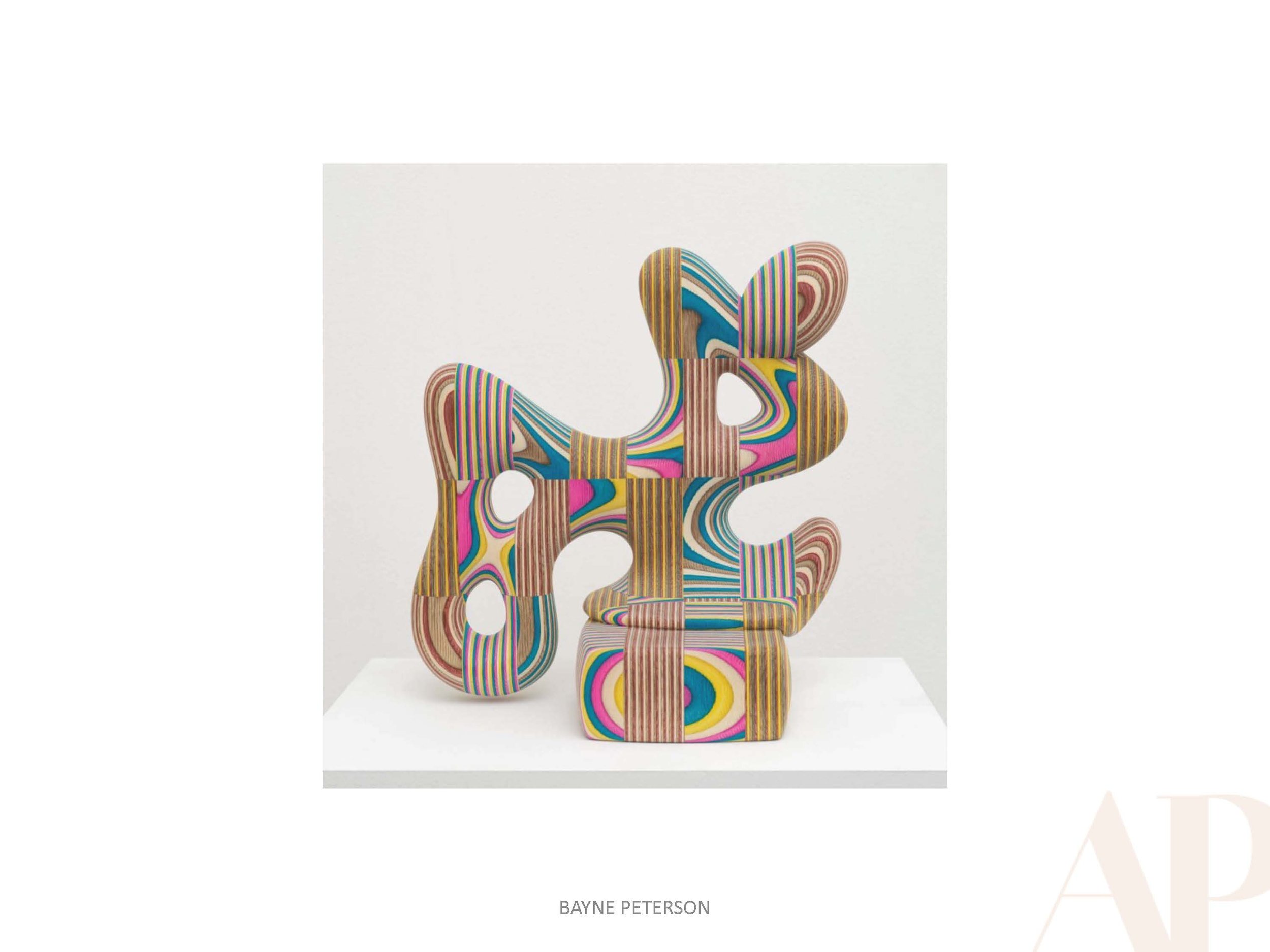
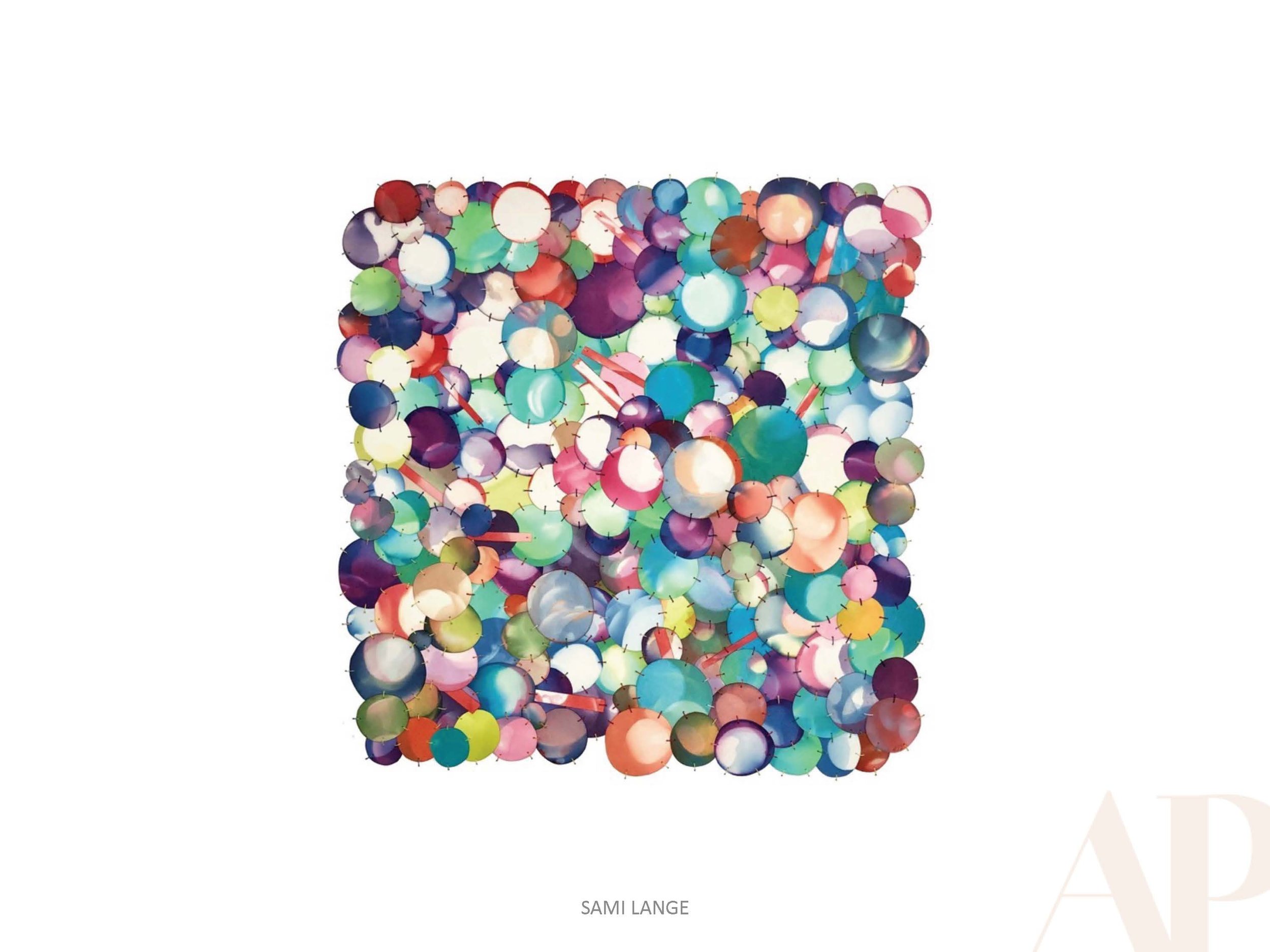
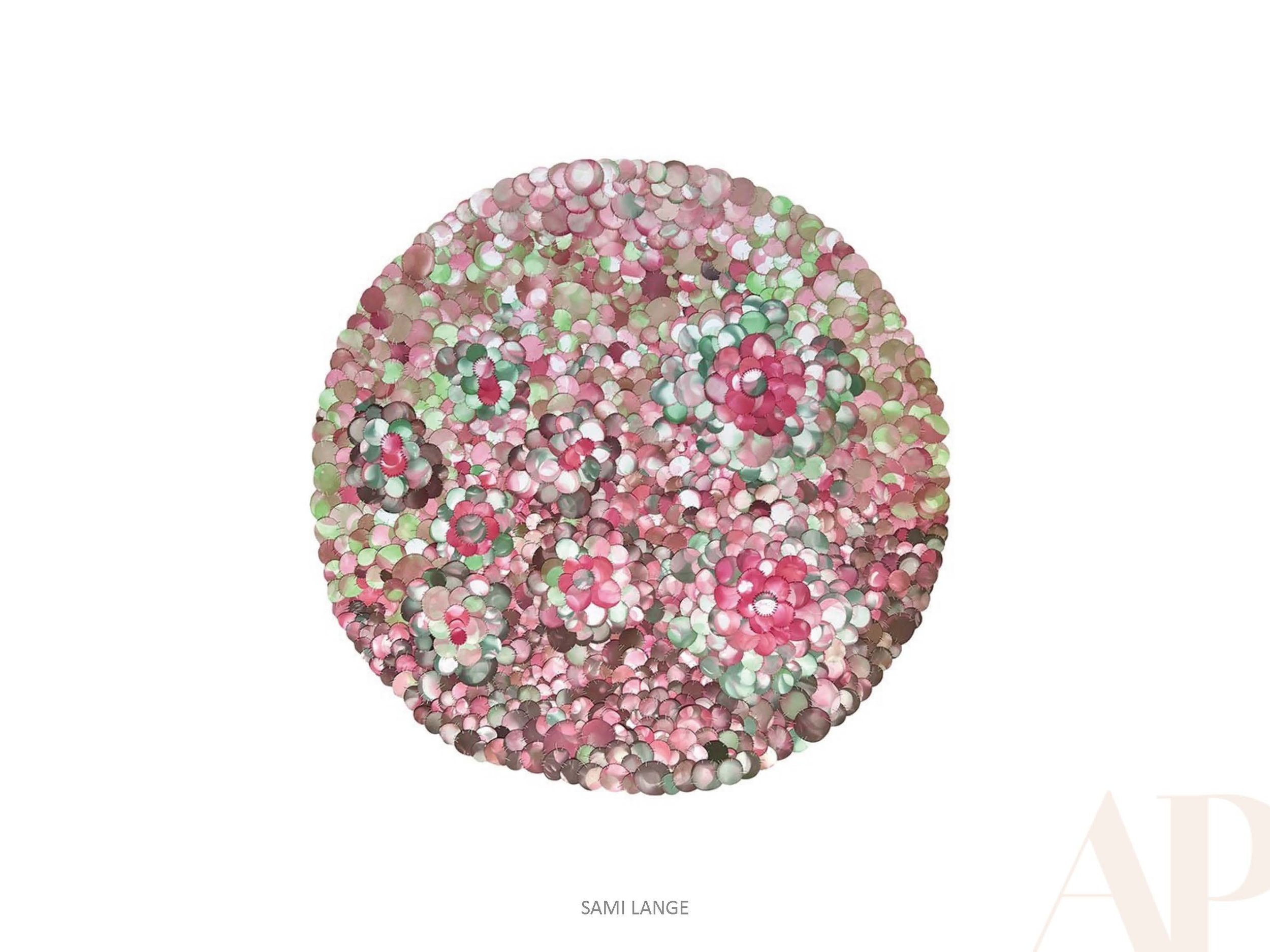

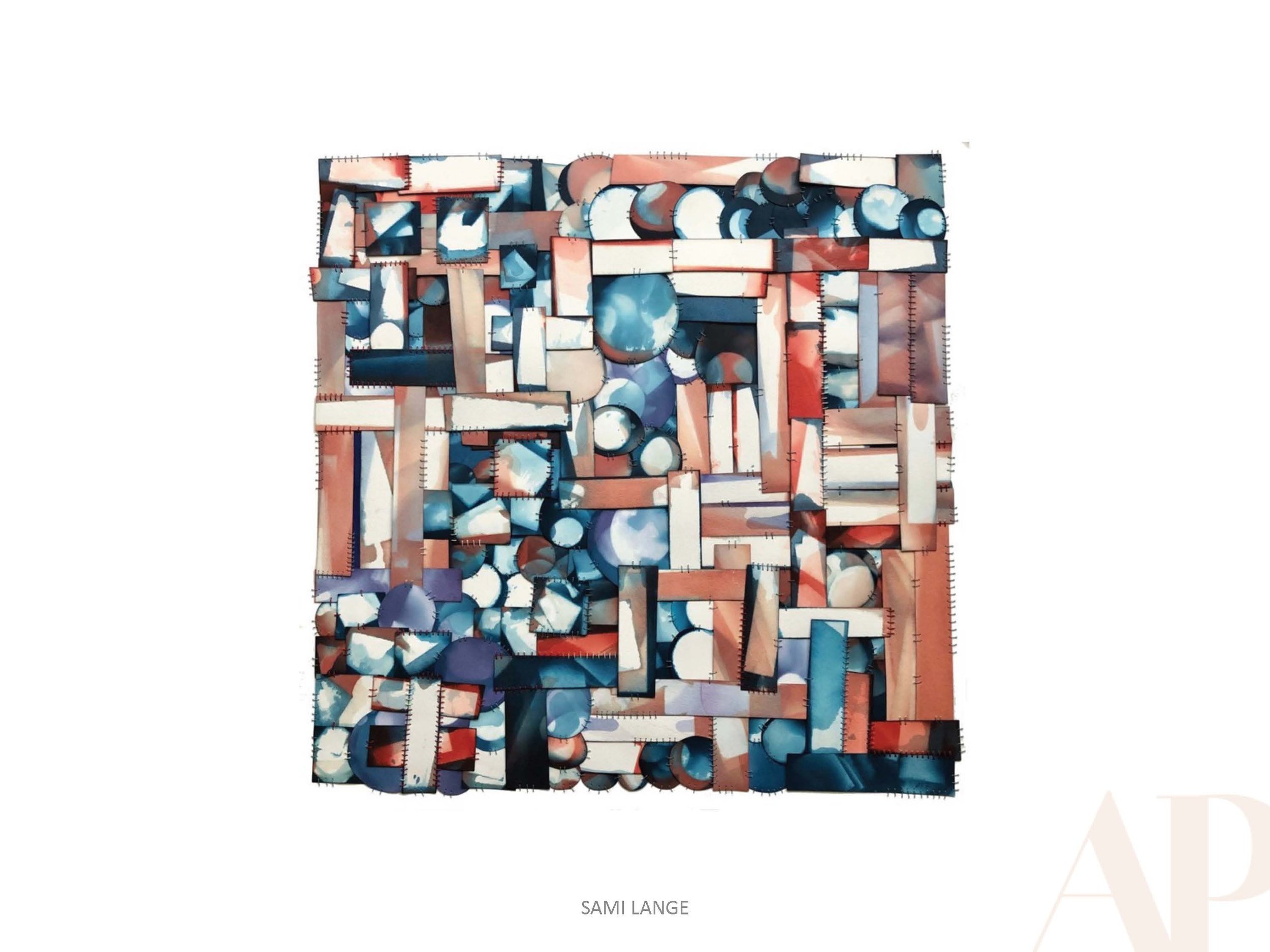
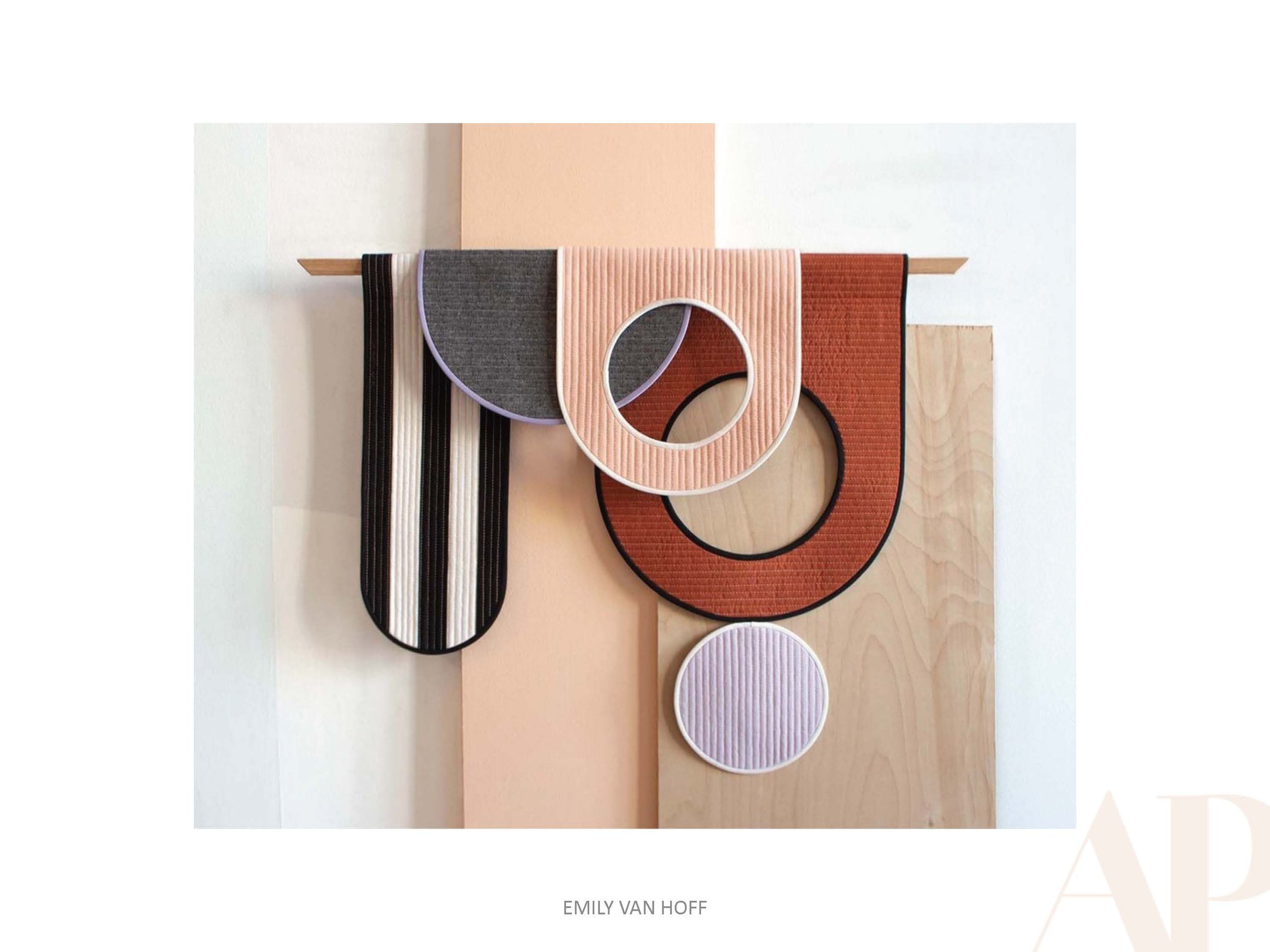

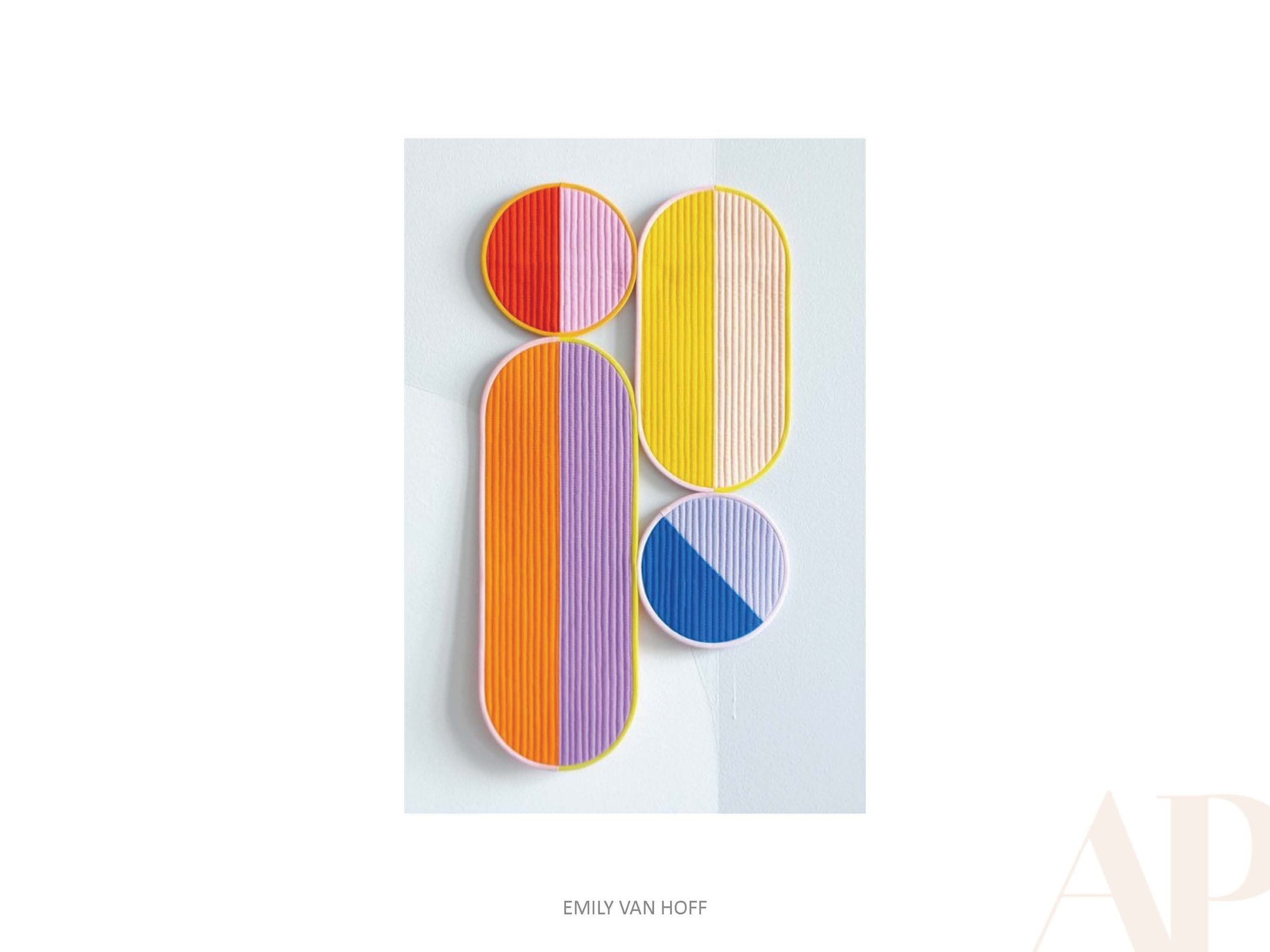
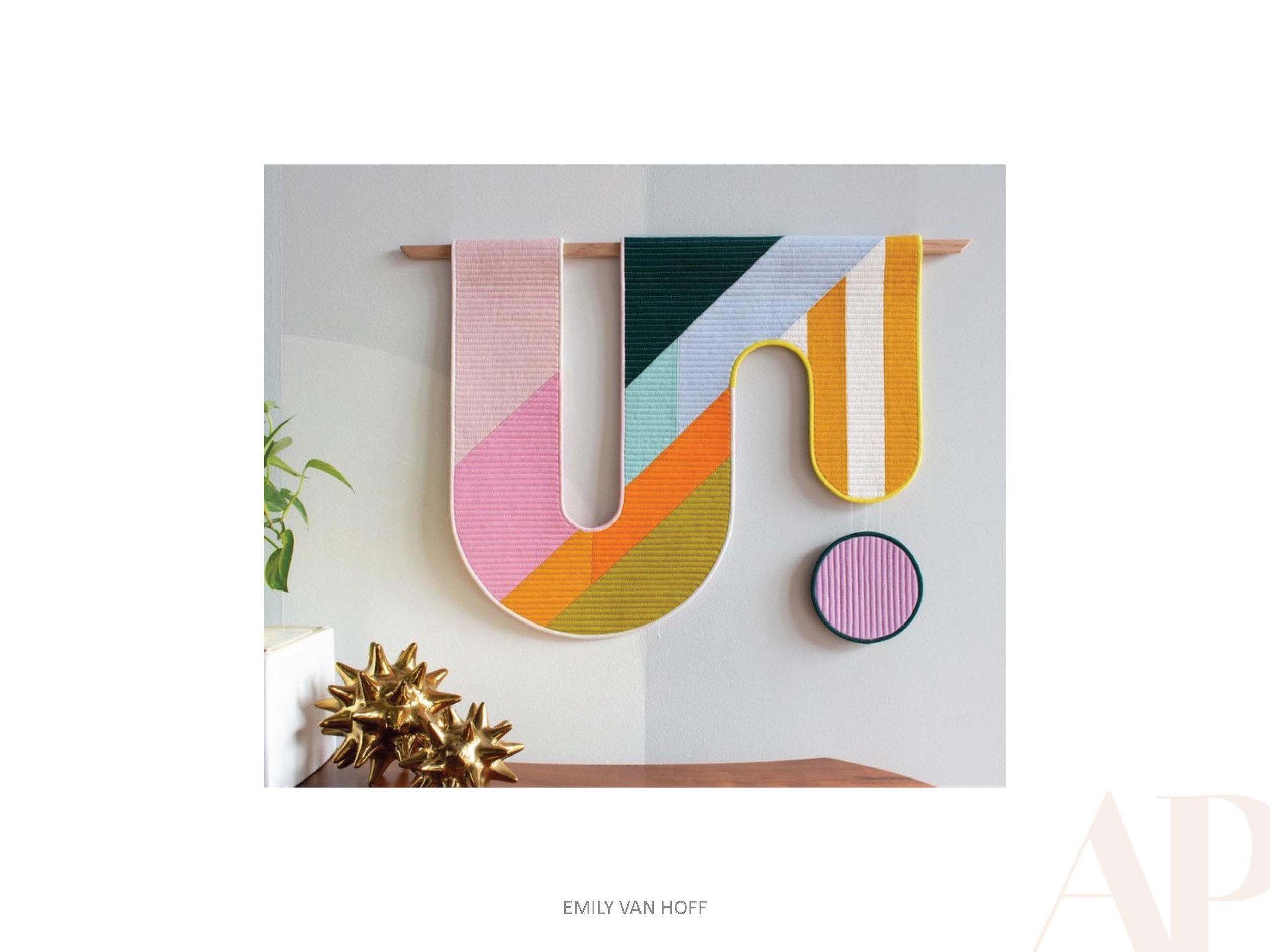
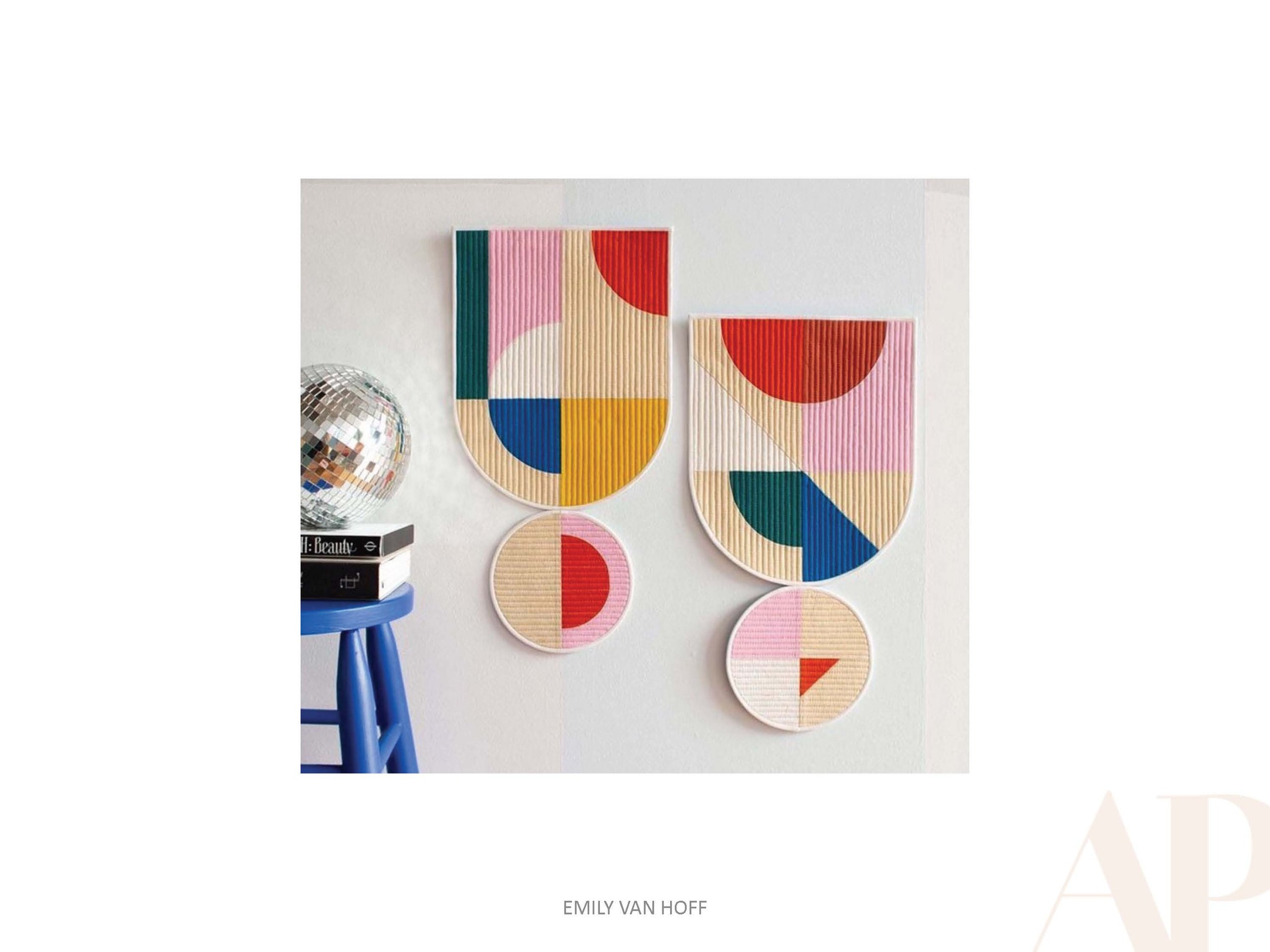
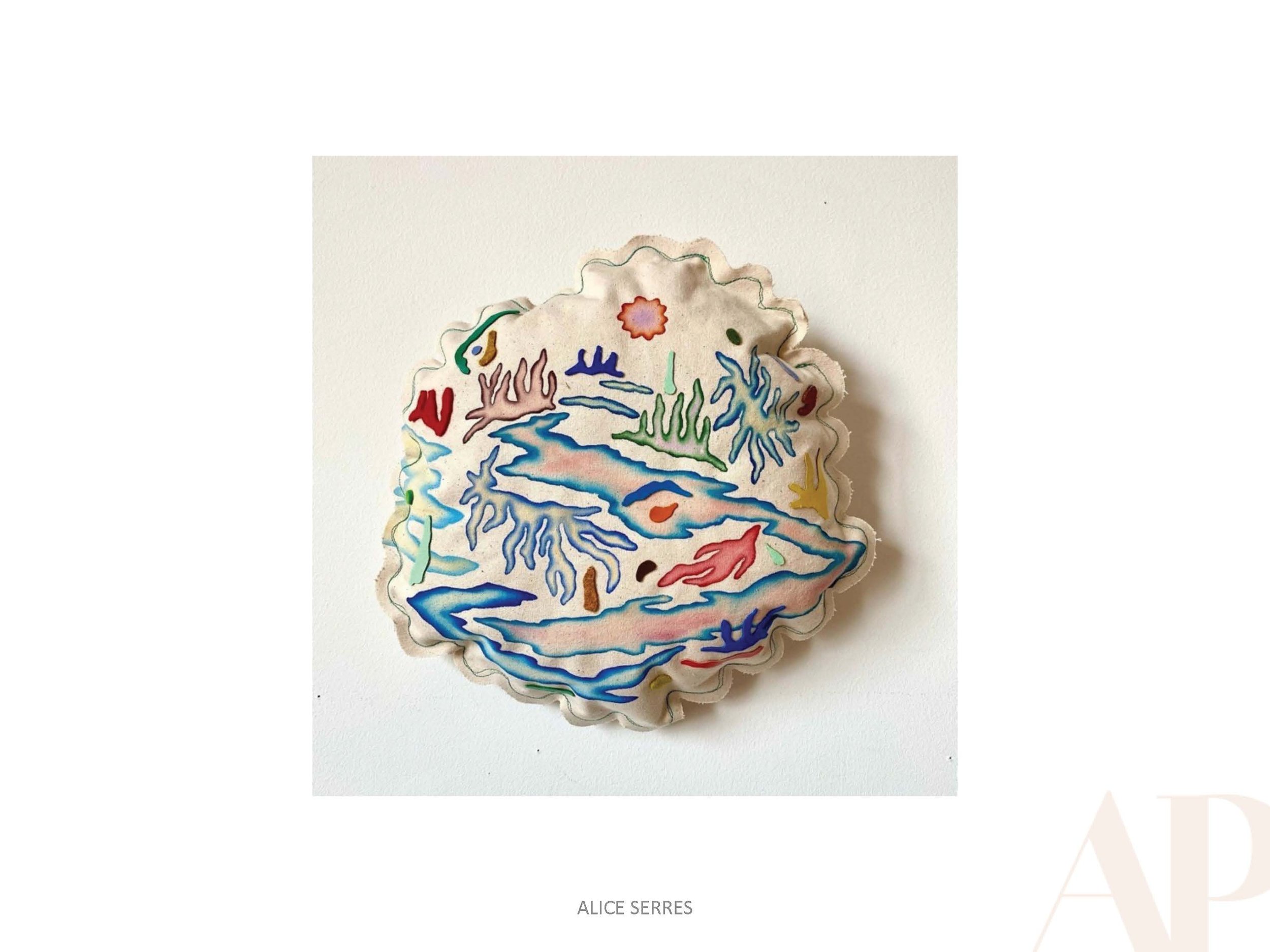
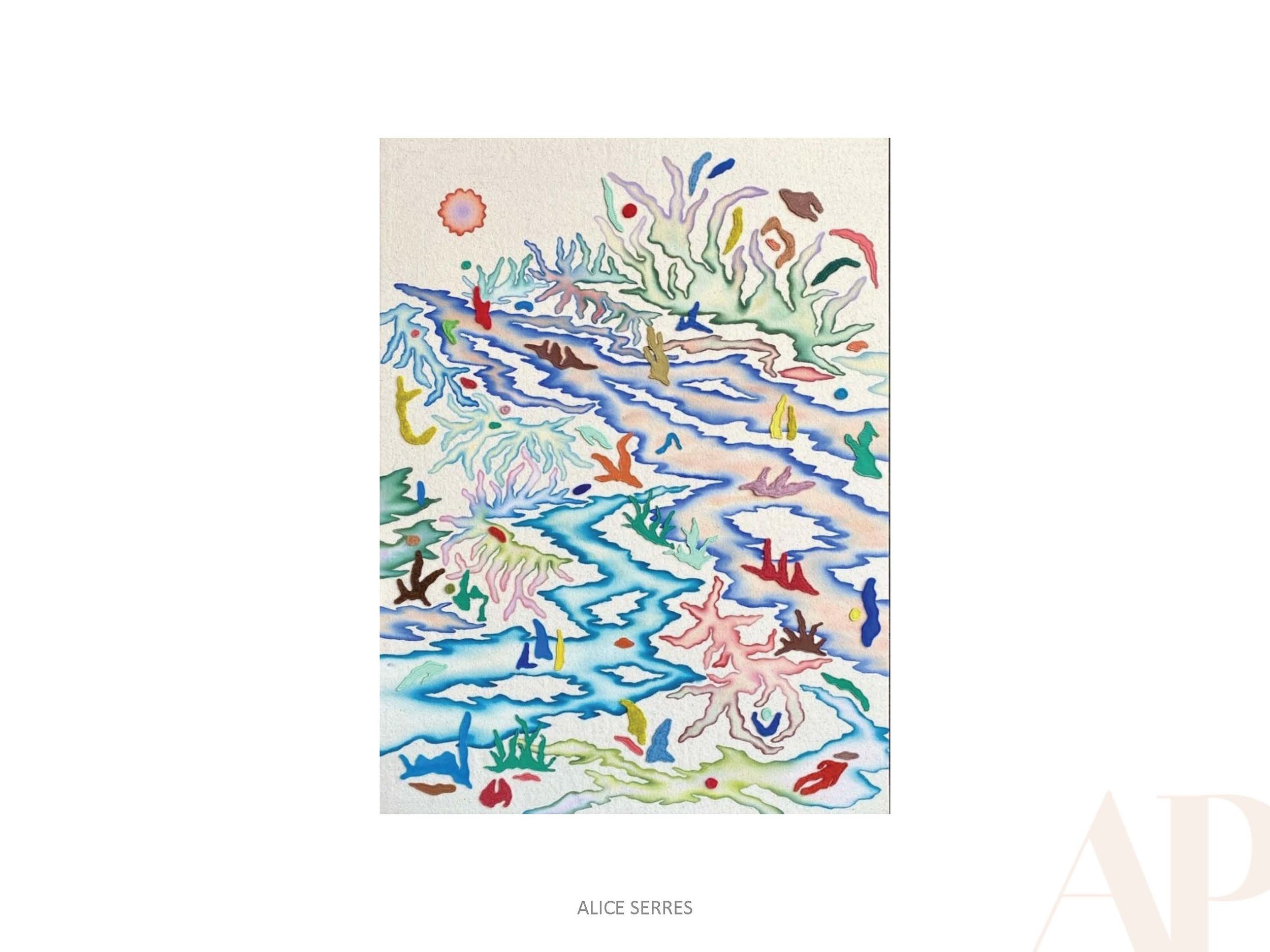
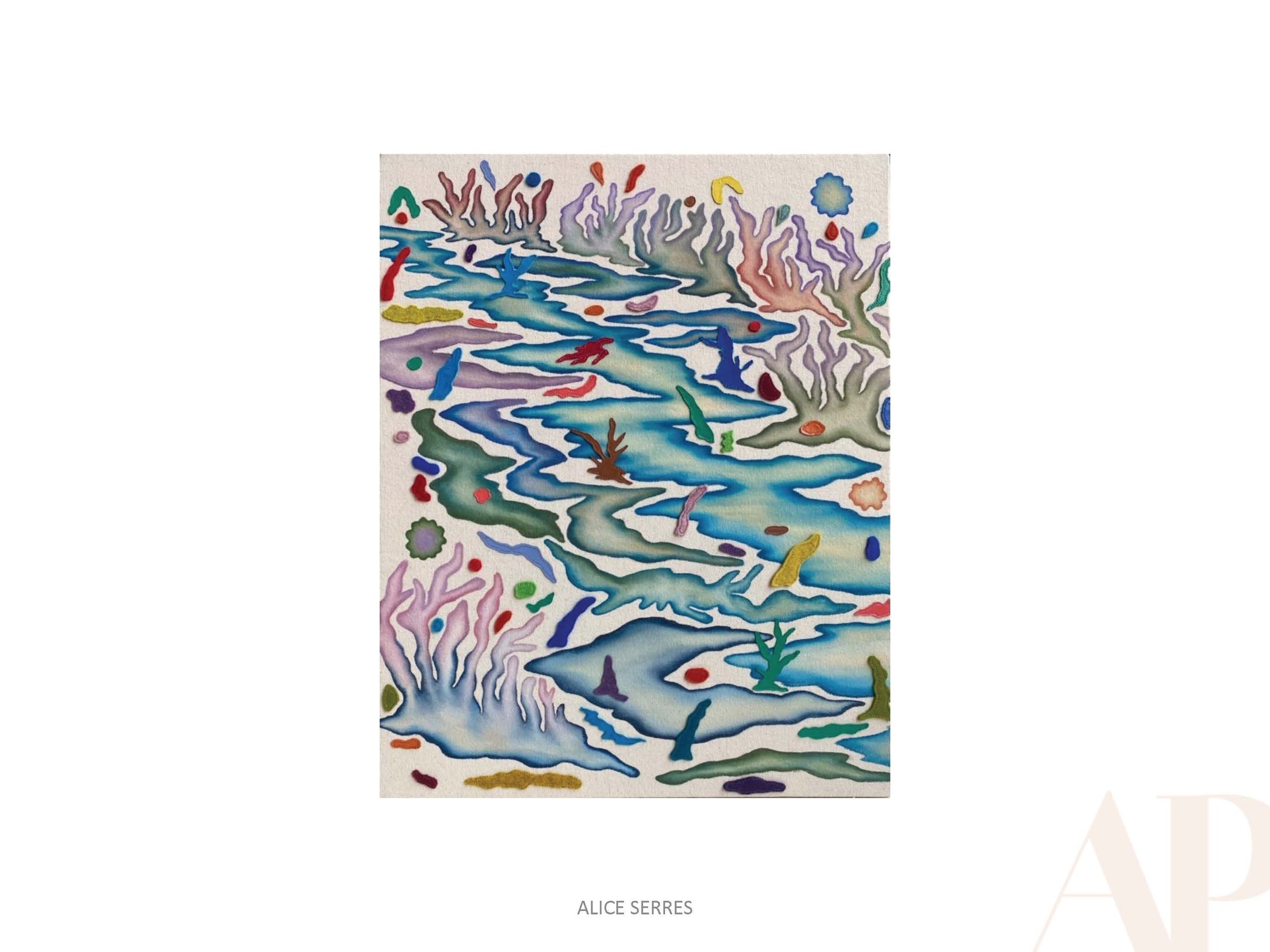
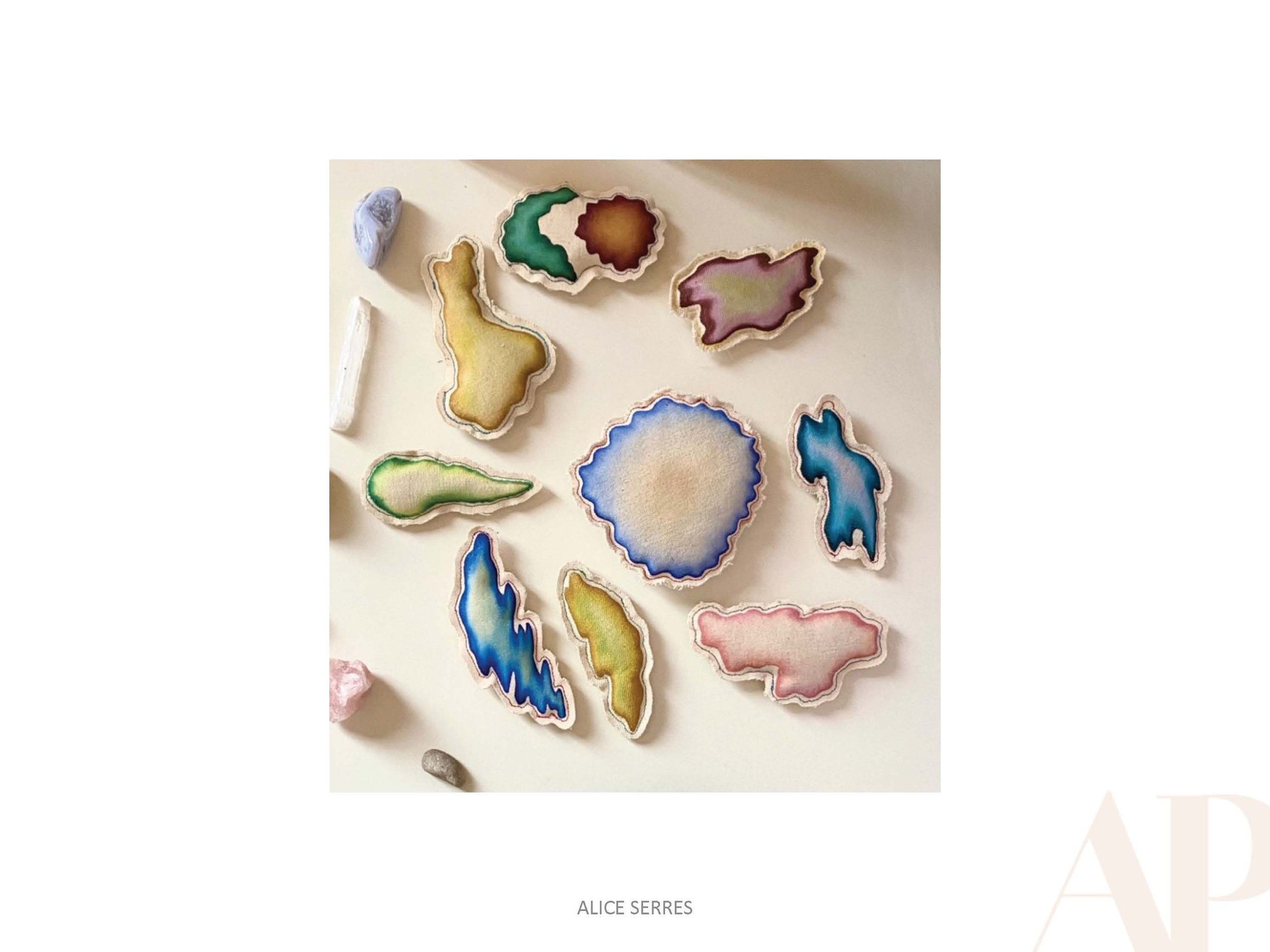

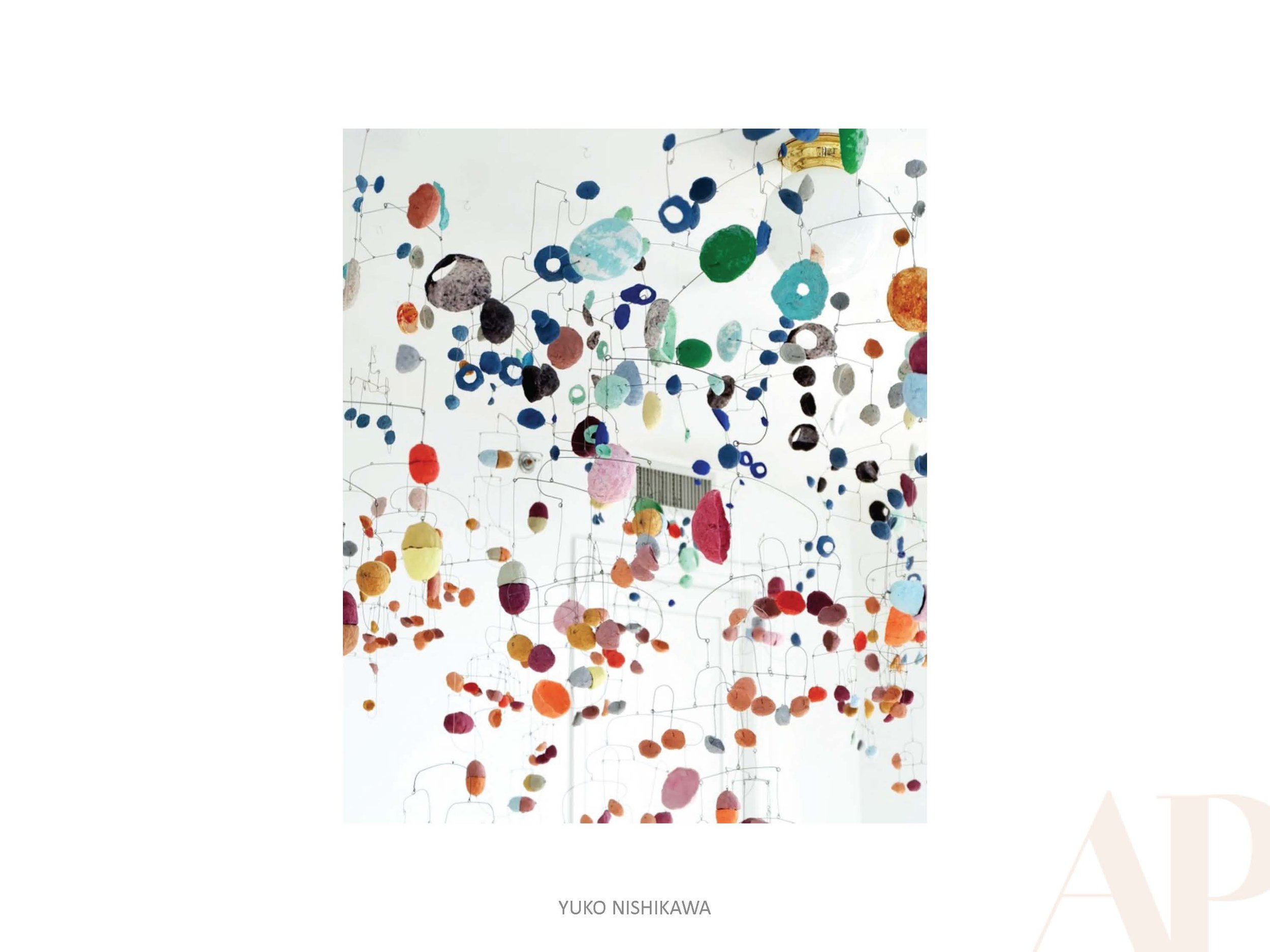
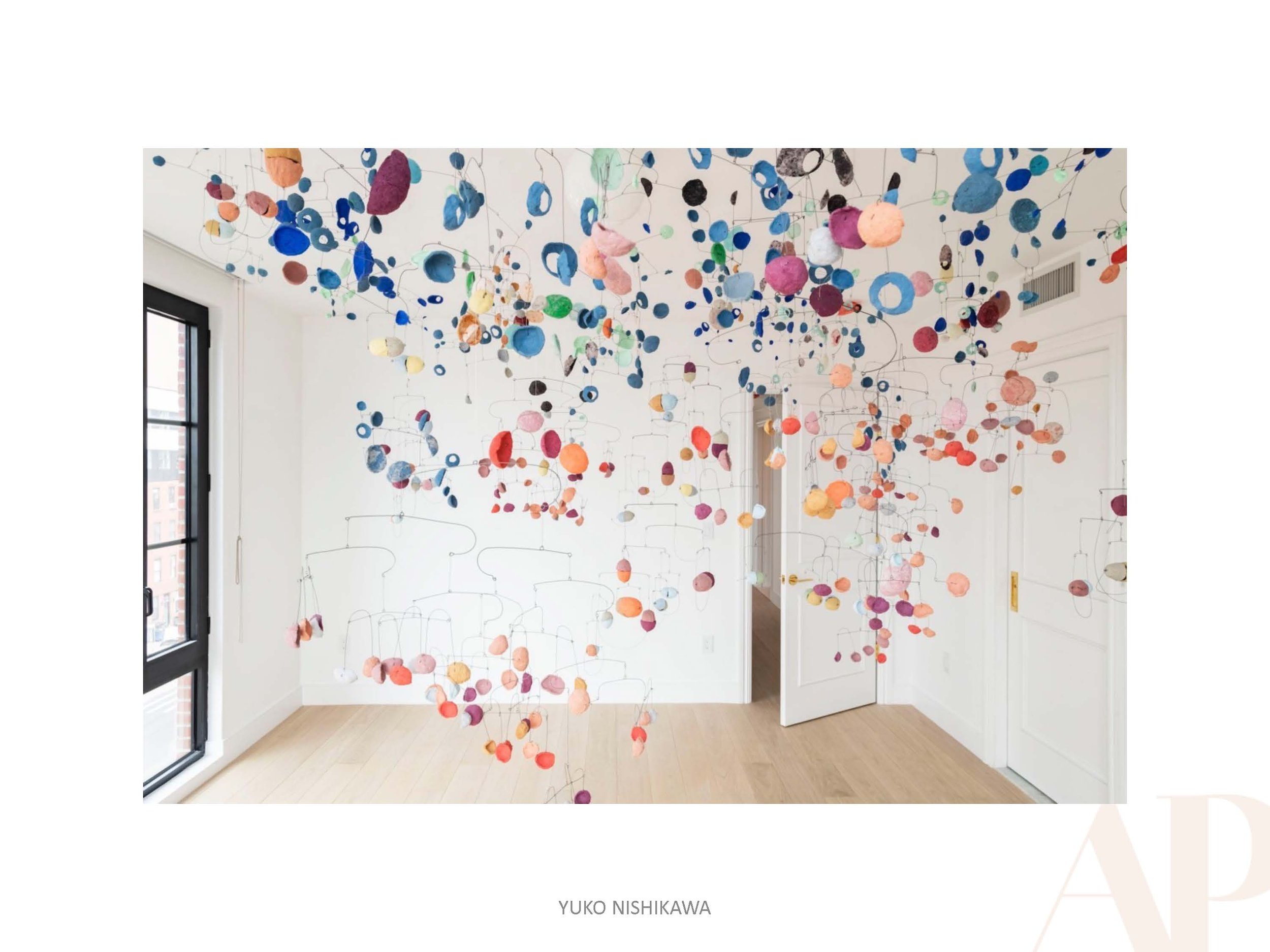
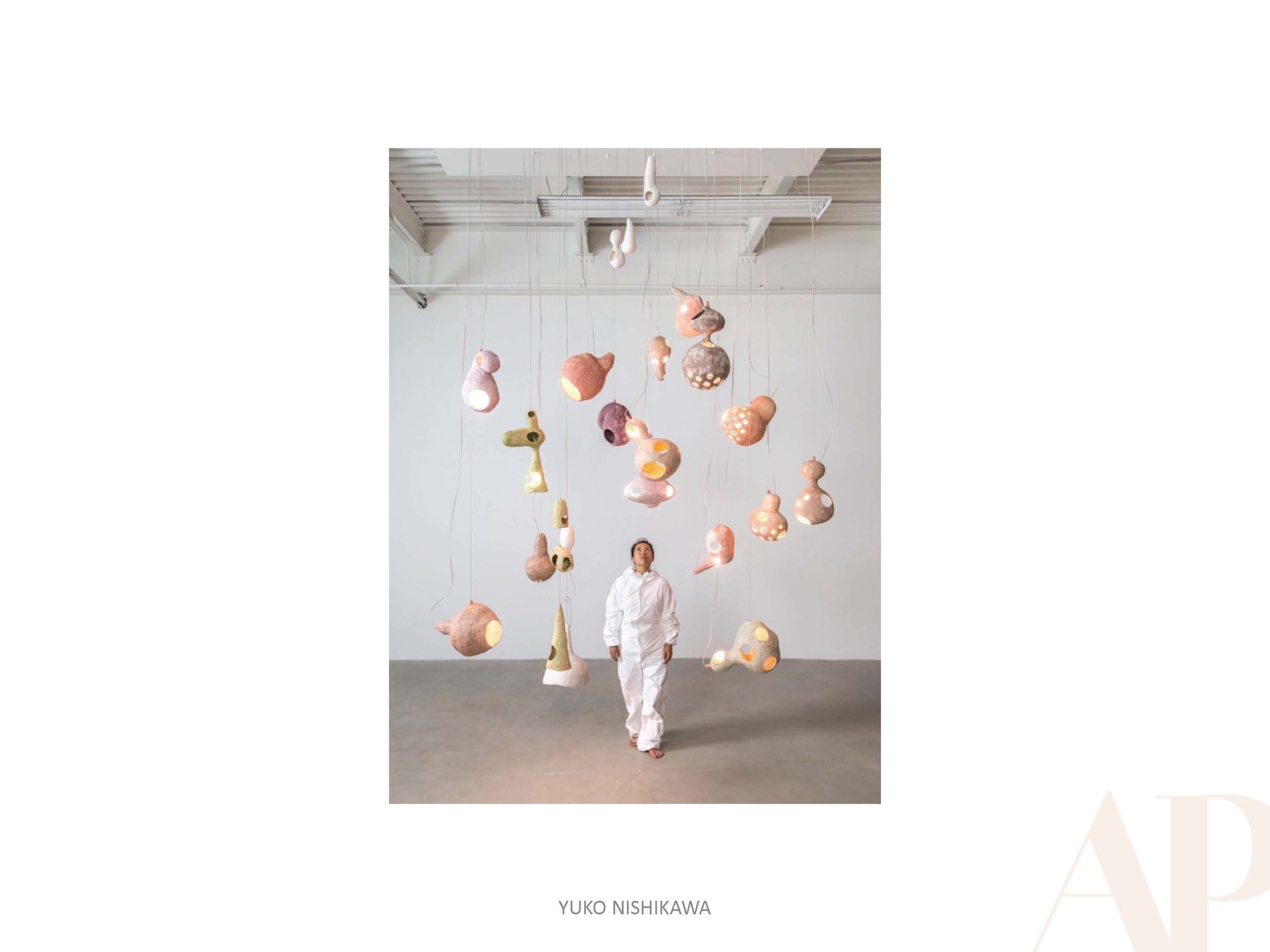
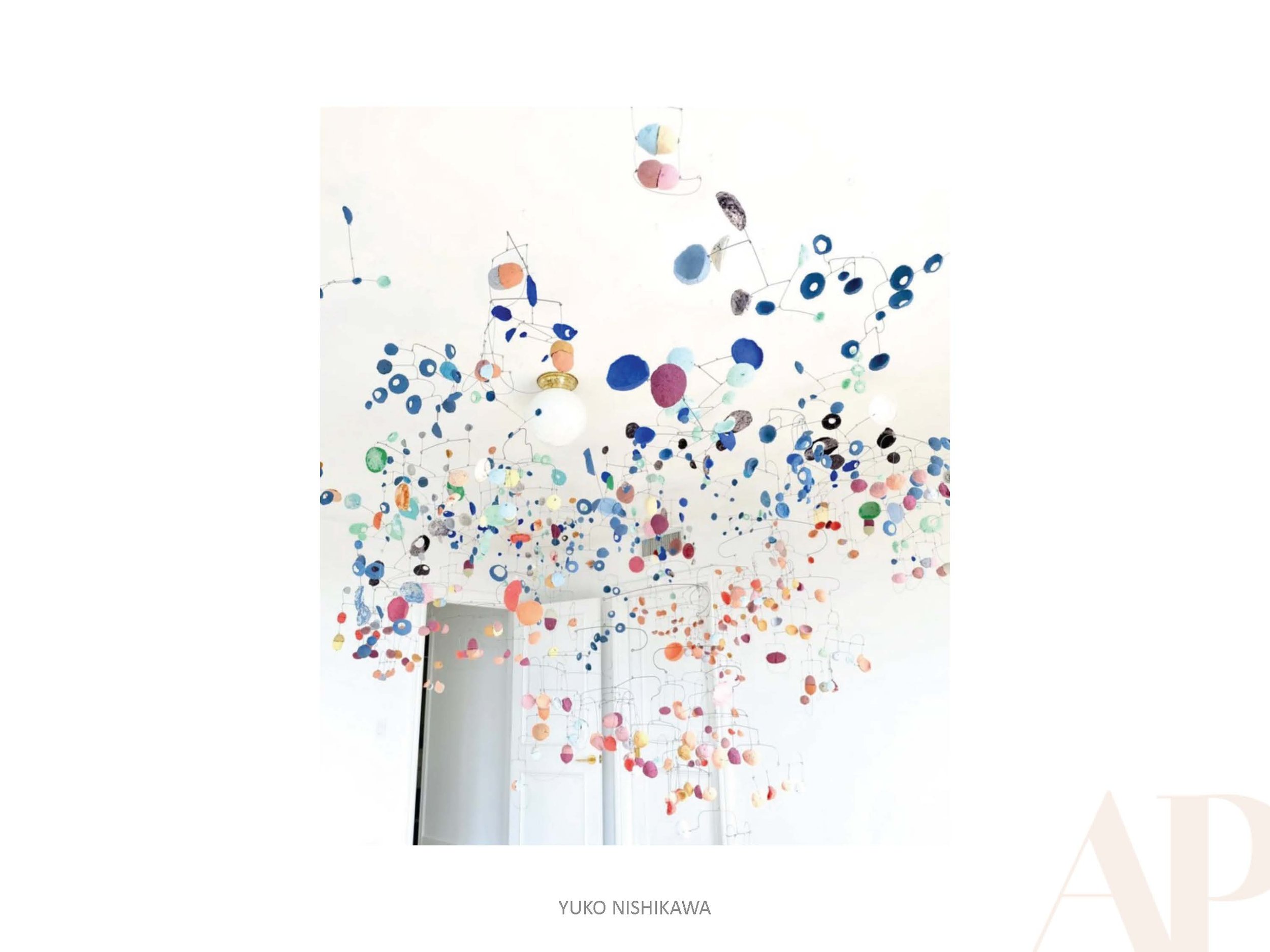
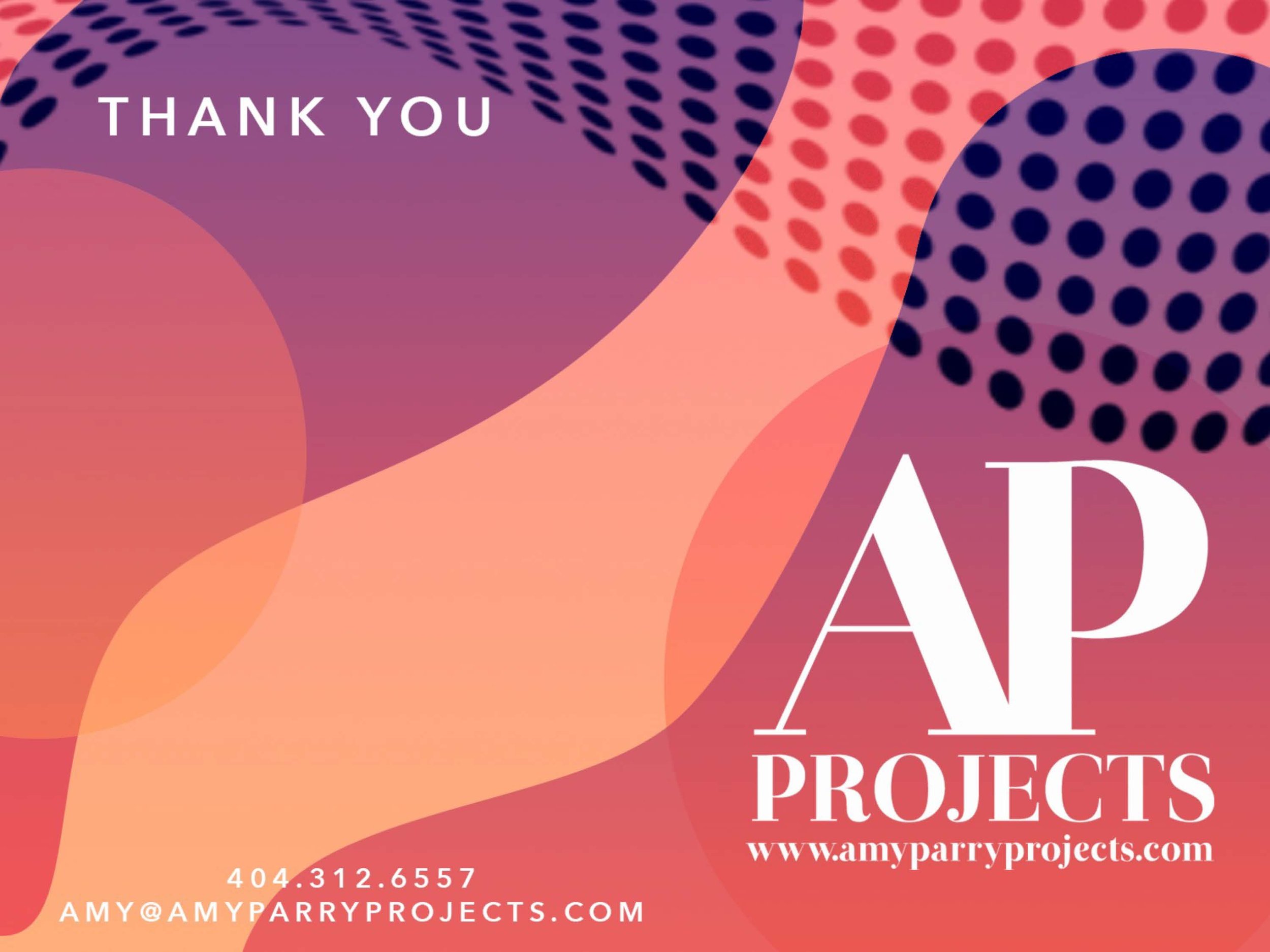




Learn more about Erika by visiting her website.

By Erin Schilling – Technology Reporter/ Atlanta Inno, Atlanta Business Chronicle
Jul 8, 2021 Updated Jul 8, 2021, 1:30pm EDT
all photography by Katie Bricker Photography














MJ: What prompted you to start combining female figures with these images from nature?
SB: Everything fell together when I was drawing on images and drawing female figures. I started realizing that by combining these drawings on photographs I was able to tell different stories in a way that was exciting for me. Here, the images would serve as a canvas that already had a story. The more I practiced minimalism and abstract art rather than figurative fashion drawings, the more sophisticated the narrative became. There was such dissonance between how little of a change I would make and how much the story would completely shift. I always admired the aesthetic of minimalism. With minimalism I realized I would have to aspire to do that; I would have to bring myself one day to think like that, but it was always on my mind.

AP: Your work reminds me of Henri Matisse. His style was maximalist in his younger years but transitioned to those cut outs in his later years. His later works could not have been as impactful without that earlier life experience.
SB: Same for Picasso as well! He had a realistic figurative style in his early years. People dropped that classic mentality to figure out the way to express who they were. That’s where things become interesting - when artists stopped going after the herd and started listening to their inner selves. Everybody has that, people are just too scared to embark on that journey. It set them free and that is why I’m inspired by them, not because of their style or aesthetic. I’m more interested in the story behind the work than the presentation because it’s like a well of knowledge that I can become inspired by. That is going to enrich me a lot more than if I respond to a line or a color.
AP: There couldn't be you without Picasso.
SB: I believe every artist in the 21st century has been inspired by Picasso. I feel like he is the father of where art is today. He freed the art world to me and gave people the key to explore differently.

MJ: You mentioned that you are able to tell a story within each piece. Do you see them as their own separate stories or is there an intention to connect them and make one larger story?
SB: Both. Every post is very unique to my experience and emotional journey. A lot of the time I create out of my own experience; it's kind of autobiographical. You can look through my feed that day and understand what I was going through, and what was on my mind. In that way they're all very individualistic but they are part of a series and that series is “The World is My Canvas.” The conceptual meaning of it is to free the mind of limitations. Through digital work I get to draw on a screen. I don’t have to climb a mountain and use crazy techniques to express myself, I can do it on a screen with a pen and convey the same idea. The idea is to really let the world be a blank canvas. Through my motifs which are the faces or the female body or some sort of female expression- because it's me obviously- I am able to explore that relationship between nature and the female form. The reason I use nature a lot is because nature is so objective and pure, and it relays a lot of emotion to me. The mountains to me symbolize my tribulations and obstacles and wanting to achieve my own limitations. Nature serves as a good canvas, but I hate sticking to one thing so if you look at my [Instagram] feed there are always going to be different elements that I try to play with because I don’t want to get stuck in one place.
MJ: It seems to me that there would be some catharsis in having a bad day, sitting down and working that out on the page and then having other people relate with what you’re feeling at that time.
SB: It’s so funny because this became very apparent to me more over the pandemic when I was stuck at home. I discovered what a satisfying role my own creativity serves in my life and how important it is to my well-being and my confidence. No matter what I'm going through, I always know that somehow, I can convert that to something positive. I know it sounds a little bit cliché but every time it’s satisfying. I cannot imagine myself doing anything else. Art makes me happy. It makes me really excited about what’s to come next.
MJ: Do you have anything in mind that you’re looking forward to doing in the future - collaborations or different subject matter that you've been thinking of incorporating?
SB: I’m really bad about planning for the future. Every time I plan something, something completely different ends up happening. Like with my art, I start drawing something and it becomes something else. I don't plan ahead on subjects; I just meditate on my intention. I have a vision even if it’s very abstract. Thinking about what I want to be doing, how I wanna be feeling, what material I want to be touching. So, I can’t see it but I can sense it and it’s kind of like an intuitive situation.
MJ: That’s interesting that you say it’s really intuitive, are you someone who uses this as a kind of spiritual outlet for yourself?
SB: Yeah for sure. I meditate every single morning, I started last year. I had intentions of meditating for five years, it was on my to do list. When the pandemic arrived, I thought ooh la la this is the perfect opportunity to sit my ass down and do it, so I did! I have been embarking on a spiritual journey and meditation is so unbelievably helpful and it's so approachable! I downloaded an app called Calm and I do it every day for like 12 mins and it's been amazing and now I advocate it.

MJ: We talked a little about your influences, do you have any creatives that you follow right now who spark something for you?
SB: I’ve always said that at dinner I’d love to sit down with Chopin and Picasso, those are my two biggest influences. I feel like an old lady, but Chopin is my go to guy when I wanna get serious work done. In terms of current amazing people, I am very inspired by the Spanish artist/actress Miranda Makaroff. I met her 2 or 3 years ago at an event in Barcelona for influencers. I’ve been following her art and her life ever since and she’s a huge inspiration because I love her art, and the way she approaches social media. She doesn’t take herself too seriously. She’s fun and she’s a complete original which is so hard to find these days. It seems like lately everyone is a copy of everyone else. I suffer from a lot of rip-offs. I have two people ripping off other things so when I see her work it’s like a breath of fresh air. She’s amazing.
AP: I am curious about your branding and about how making your art has become a career. Are you a full-time working artist?
SB: KOKETIT, my brand, has been around for about 6-7 years. It started as a temporary tattoo line, then I opened up the online shop for my business and it kind of grew from there. I used to be a graphic editor for a magazine and that was a full-time job, so I slowly built my brand on the side. Slowly but surely the brand got so much bigger than the full-time job that last year I quit and became a full-time artist. It was a dream come true because I always wanted to be my own brand and be my own boss. I used to draw portraits of people at events. Then all of a sudden, I was out of a job and the one thing that I had to rely on was the one thing I was scared to rely on the most - that was me as an artist selling my own drawings as is. No shticks, no gimmicks, no commercial aspects, no nothing, just my art and people would either wanna buy it or not. Covid kind of put that mirror in my face and I had to deal with it. I’m so grateful it did because now I get to live off of my purest craft which is actually making art.
People always ask me how can you make money from being an artist? Well, first of all I say I have an art business. I am a businesswoman and I handle my own affairs. It’s incredibly rewarding even when you have to do the gray tasks like accounting and not the creative stuff. It's all worth it because it's my business and I love it. It took me a long time to get there, but it’s the best place I could have wanted to be.
I really want to pursue more than digital work. I started doing canvas work, taking commissions, working with art dealers and really getting inside the art world. I’ve always been really scared of the art world because it’s scary! I don't come from that world; I come from Israel, a place where art is still standoffish and I feel like my approach is different and it creates something new. Covid really was the time for me to make that change and it’s all happening now.

AP: I think that’s the cool thing about the digital age of artwork is that we all have been brought together and there is room for everybody. It can’t just be the galleries anymore. We’re all allowed to see it, we all have access to it now which is a major change from how the art world used to be. Then with Covid too, we’re not going to events, so art has to come to us. Covid rocked your world in a great way.
SB: I also listened to a lot of marketing podcasts because with lockdown there was nothing else to do besides jog and walk, so I studied what it means to do art marketing in the Covid era. It was really interesting to see how Covid changed the art world; how people are at home staring at blank walls wanting to fill them with art and how online shopping has tripled in this quarter. Before I landed where I am now, I did so many different things, moving from one thing to the next and never sticking on one thing. I wouldn't give it the love and time that it needed, and I feel like right now the art world is changing so fast that we either change with it or get left behind.

View Shira’s complete website here: www.koketit.com






